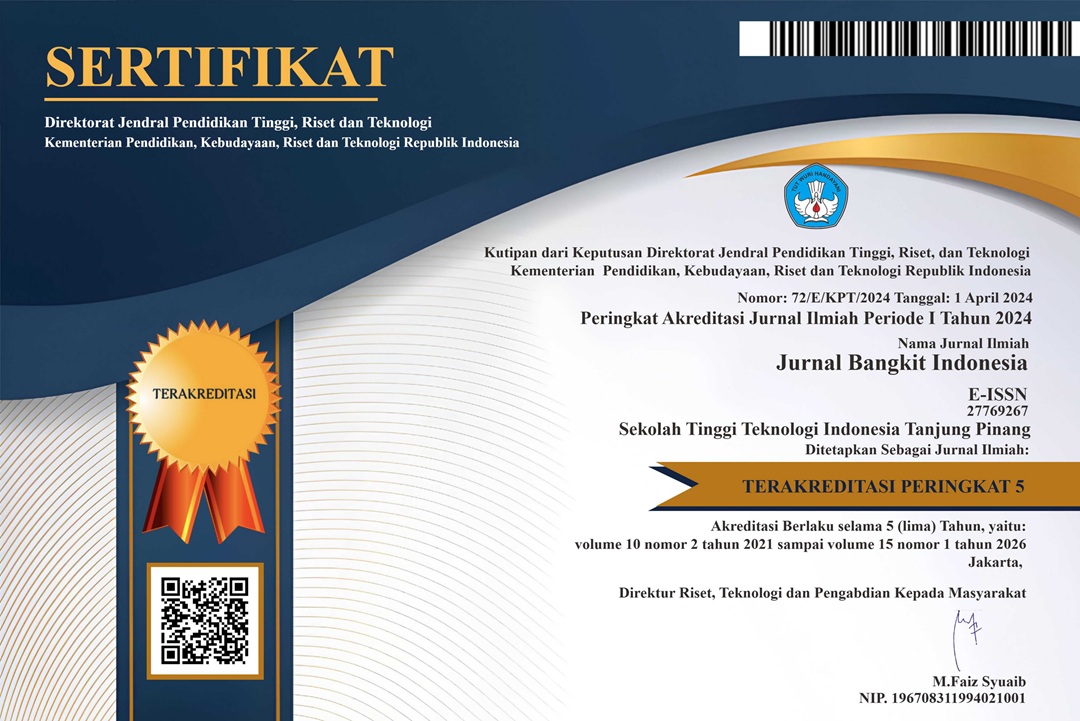Perancangan UI/UX Design Aplikasi Jasa Fotografi Dengan Design Science Research Methodology
Abstract
Creative industries such as the world of photography have their own color in the technical twists and turns that influence the development of the world of photography. There are many supporting elements in terms of tools and human resources that play a role in the world of photography, the tools needed such as cameras, lenses, tripods, lights, etc. Based on the subject shown, photographic works have different forms and are classified in three subdisciplines, namely the genres of commercial photography, journalism, and art/expression photography. User Interface (UI) is the way programs and users interact. The term user interface is sometimes used instead of the term Human Computer Interaction (HCI) where all aspects of user and computer interaction. User Experience (UX) is a person's perception and response from the use of a product, system, or service. User Experiece (UX) assesses how satisfied and comfortable a person is with a product, system, and service. The method used by the author to design the UI/UX Design of the Photography Reservation Application is the Design Science Research Methodology using the Heuristic Evaluation test. The purpose of this study is to design a UI/UX Design on a photography service reservation application that is integrated with a mobile application to facilitate the process that can be booked or reserved in advance for customers of photography services. The software used to design this UI/UX Design is a Figma application.
Keywords— Photography, Design Science Research Methology, Heuristic Evaluation, UI/UX Design, Figma
Copyright :
Authors who publish their manuscripts in this Journal agree to the following conditions:
The copyright for any article in the Jurnal Bangkit Indonesia by LPPM STT Indonesia Tanjung Pinang is licensed under Creative Commons Attribution-NonCommercial-ShareAlike 4.0 International
The author acknowledges that Jurnal Bangkit Indonesia has the right to publish for the first time with a Licence Creative Commons Attribution-NonCommercial-ShareAlike 4.0 International License / CC BY-NC-SA 4.0
Authors can enter writings separately, arrange non-exclusive distribution of manuscripts that have been published in this journal into other versions (eg sent to the author's institutional repository, publication in a book, etc.), by acknowledging that the manuscript has been published or the first time in the Jurnal Bangkit Indonesia
Licence :
Jurnal Bangkit Indonesia published under the terms of a Creative Commons Attribution-NonCommercial-ShareAlike 4.0 International License / CC BY-NC-SA 4.0 This license permits anyone to to distribute, remix, adapt, and build upon the material in any medium or format for noncommercial purposes only, and only so long as attribution is given to the creator. If you remix, adapt, or build upon the material, you must license the modified material under identical terms.












